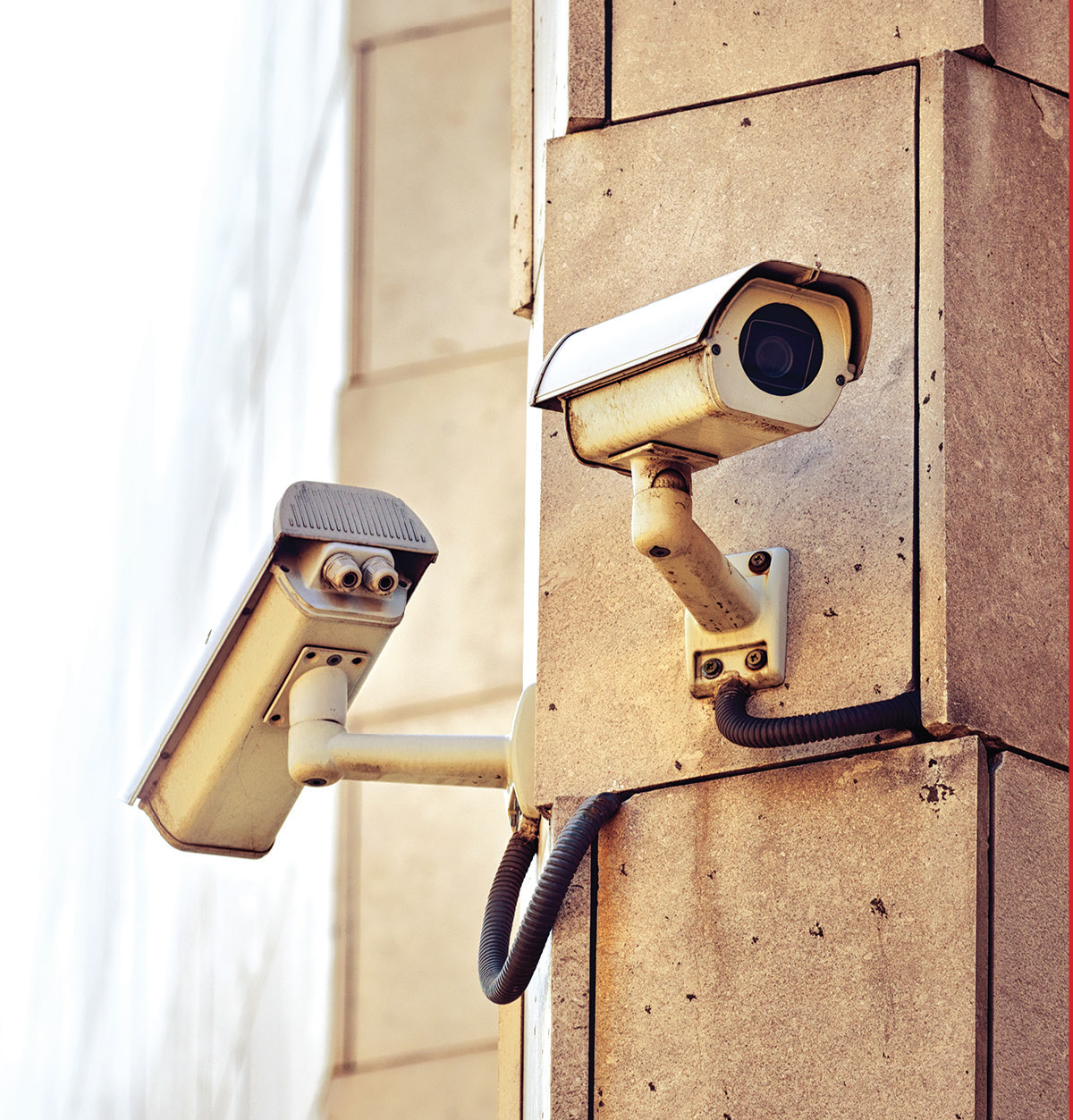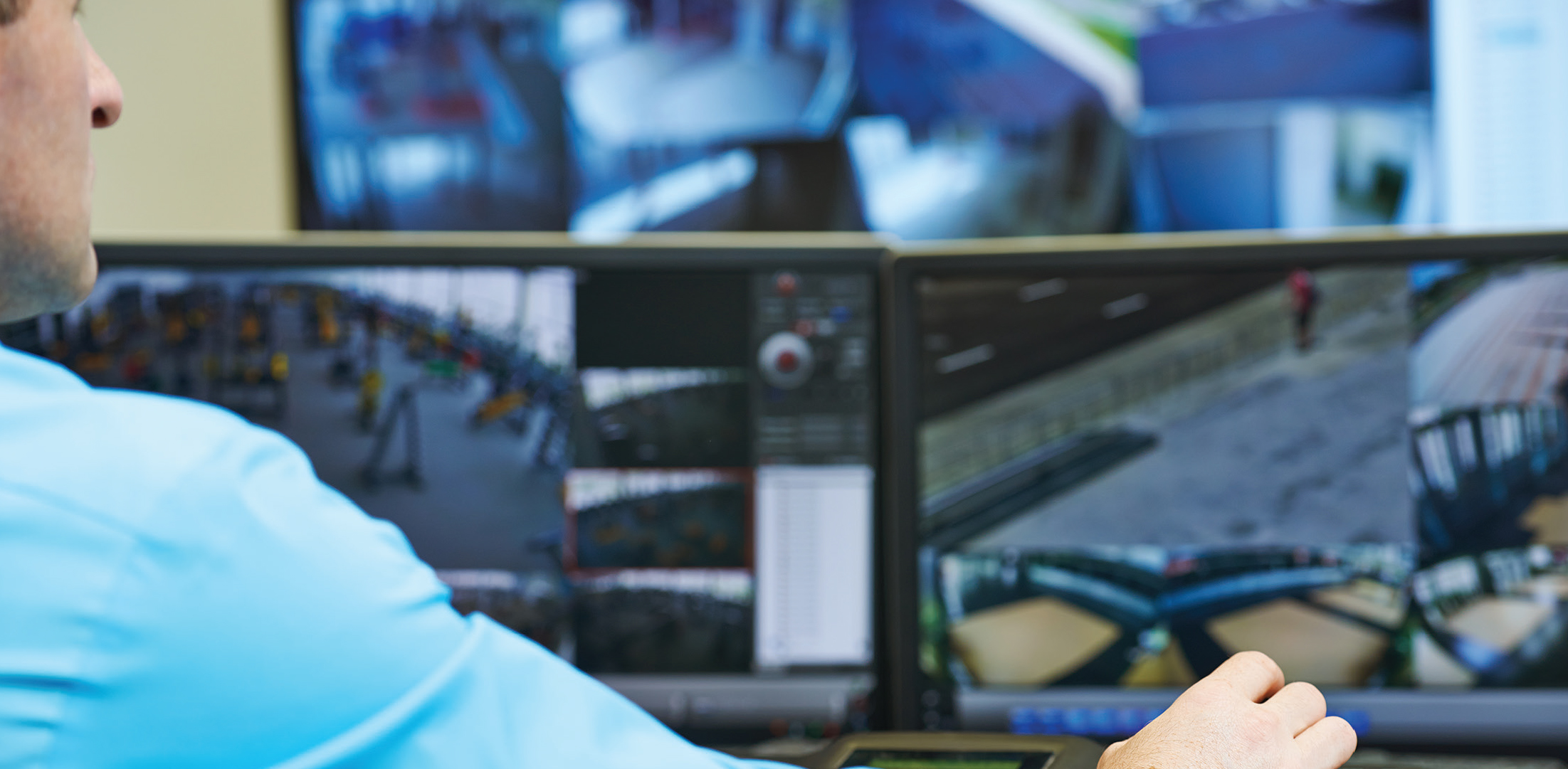It seems that everywhere you look, there is a surveillance camera looking back at you. Video surveillance has become an absolute necessity for every type of organization – whether it be retail, hospitality, gaming, education, infrastructure or government – or any other type of business. When a crime is committed or a tragedy occurs, there is now an expectation that it will have been recorded on video, and this usually proves to be true. As a society, we have come to depend on this video to provide us with the documentation we need in many different types of situations.

However, our video surveillance systems are under constant attack. Every day, thousands of video cameras are knocked out of service, not by criminals with evil intent, but by something much more lethal and simple i.e., power surges. In fact, between normal fluctuations of power, lightning strikes and other power disruptions, virtually every video surveillance camera is at risk of going out of service either temporarily or permanently.
When your surveillance system experiences a power surge, there are three possible negative outcomes: damage, destruction and downtime. A damaged or destroyed system requires repair or replacement, which can be extremely costly and time-consuming. But the downtime caused by this damage or destruction is by far the worst consequence of power surges. When a video surveillance system is no longer functional, it has much wider consequences for the organization that put it into place.
When surveillance systems stop functioning, it becomes more difficult for security teams to do their jobs effectively. If there is a theft or other crime committed while video cameras are down, it will be much more difficult to identify the criminal without video of the incident. Hazardous situations like an ice patch on an outside walkway could go unnoticed while numerous individuals lose their footing on the spot, until someone falls, breaks an arm and sues the company. Liability will rise accordingly without video to confirm whether a claim is false.
Facilities must be evacuated when the fire alarm systems stop functioning. When security systems are out of service, parking lots, doors, and secure areas may need to be patrolled by temporary guards at an additional cost. There is also a loss of productivity if staff is delayed by congestion and manual processes at entrances, or if their work equipment and/ or work data is damaged or lost. Downtime can also cause a potential loss of customer confidence and business volume.
If a customer uses social media to complain about a website being down for a few hours, the resulting negative impact can be detrimental to a business for an extended time.
To help avoid this type of situation, there are steps security professionals can take, both during the installation process and after systems are in place. Installing surge protection to keep systems up and running in the event of a power surge is simple, and as these examples show, the ROI is immense. As surveillance systems are the eyes and ears of a business, it’s crucial to keep downtime as minimal as possible.
Downtime and its impact on specific verticals
Billions of dollars are lost each year by businesses and other organizations due to theft, false injury claims, vandalism and more, highlighting the importance of maintaining fully operational video surveillance systems. Beyond the shared concerns of identifying criminals, providing evidence etc., downtime presents a number of different specific threats to various vertical markets.
Safe cities
In the past few years municipalities have become enormously dependent on surveillance video to help with in vestigations. Often this video provides the only evidence to identify individuals and prove criminal action. As more and more cities deploy video surveillance, the number of incidents where it is proven to be irreplaceable as a security resource will only continue to grow. And because so much of the infrastructure for municipal surveillance is installed outdoors in exposed locations, it is more vulnerable to the risk of downtime due to lightning strikes and other unprotected surge sources.

Casinos and gaming
For casinos and other gaming establishments, compliance regulations require video surveillance to be up and running 100% of the time. If video is interrupted at any time, business operations must be shut down completely, causing total loss of business revenue until the system can be repaired or replaced. No casino could survive a complete business stoppage for long – making downtime a virtually fatal situation.
Higher education and K-12
The number of risk factors present on school campuses is immense – from abduction of students to vandalism or theft, and much more. For every one of these adverse events, video surveillance is of vital importance for apprehending thieves, kidnappers and other criminals; and with so many different life safety and other electronic/ electrical systems in place, the possibility rises for a power strike or surge that would cause devastating downtime.
Retail
Stores, malls and all types of retail establishments absolutely require their video surveillance systems to be up and running in order to protect them against losses from shoplifting, sweet-hearting, vandalism and more. Without a working surveillance system many of these crimes would simply go undetected, though their negative effect on the bottom line would be unmistakable. Retailers literally cannot afford downtime.
A simple step to protect devices
To avoid the possibility of downtime for the video surveillance system, it is imperative to include surge protection devices in your planning right from the start, and anytime you expand, improve or install a surveillance system.
Surge protection is quite easy and reasonable in cost to add, and it is an insurance policy for your organization, providing protection from every type of power event.

For video surveillance systems, it is recommended that surge protection be installed at every external camera, including outdoor PoE or PoE+ IP cameras. Surges can travel through cabling from a remote device, damage or destroy a network switch, and possibly cause further issues with other switch-connected devices such as servers running VMS software.
If you are responsible for your organization’s video surveillance system, it makes sense to speak with a surge protection expert who can review your situation and make suitable recommendations. Reputable companies that specialize in surge protection may also offer free site surveys to help achieve the most effective protection solution.
Depending on the design of a video surveillance system, the number and type of surge protection devices required to ensure optimal protection vary. Ideally, each camera needs two devices – one camera-specific surge protector near the camera and one mounted at the power source. If a security team is looking to protect cameras mounted outside, in parking lots or other areas subject to the elements, choose an outdoor enclosure that can withstand even the worst weather. For cameras that are located directly on the exterior wall of a building, you will want a surge protector designed for protecting wires as they enter the building. Because most systems comprise several cameras, a rack mounted multi-channel surge protector will protect the different feeds entering the recording system. It is also recommended to include a powerful UPS system in the installation process, to keep the surveillance system operational even if the central power system is disrupted.
Summary
Perhaps the best approach to protecting your surveillance system is to think like an insurance provider, and look at the potential cost of surveillance system failure. Comparing potential risk and loss to the costs of basic and enhanced surge protection for essential security systems, the benefits clearly outweigh the costs. Power surges are inevitable; therefore, it’s important to take the necessary steps to reduce the impact these surges have on your daily operations.
Surveillance systems are installed for a purpose, and surge protection can help ensure that they perform as they should regardless of what’s going on within the power grid. Properly protecting your organization’s surveillance systems will save time, energy and money – and it will give you peace of mind knowing that you’re protecting the systems that help to safeguard your people, property and assets.